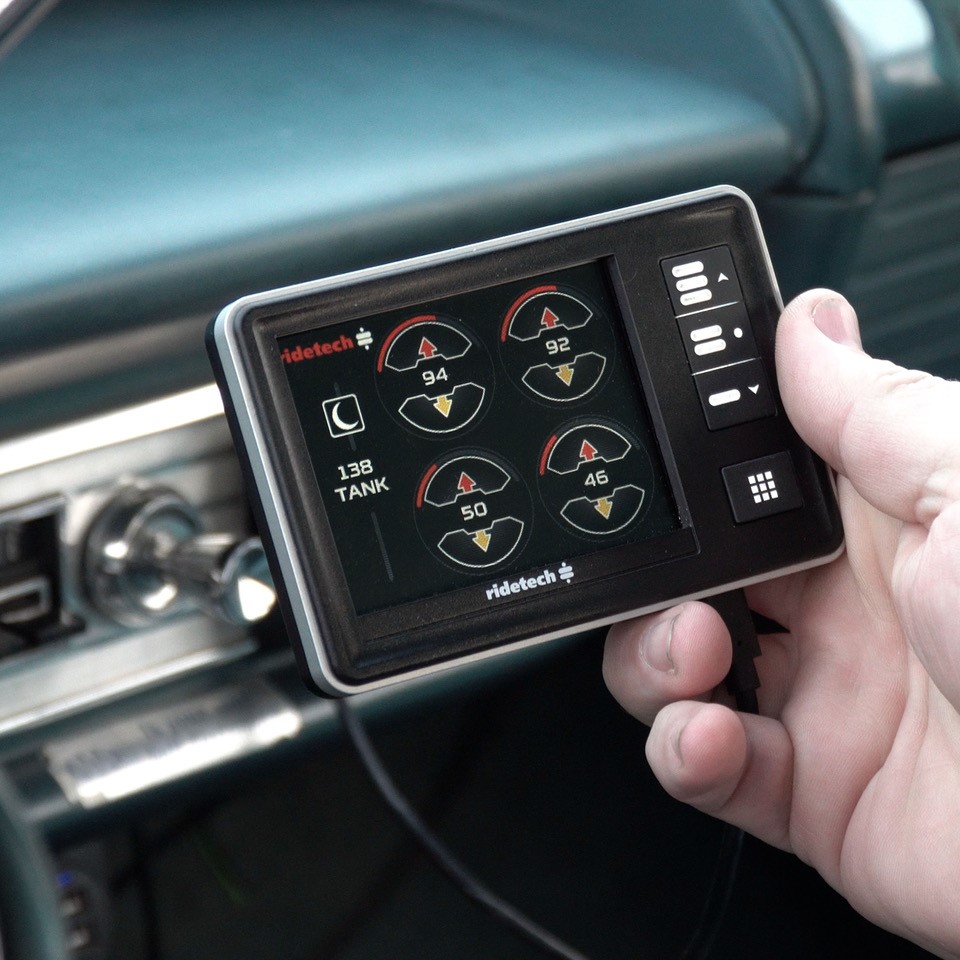
In the realm of modern transportation, the landscape is evolving at an unprecedented pace, primarily propelled by the groundbreaking advancements in ride tech. This fusion of technology and transportation has not only redefined conventional modes of commuting but also sparked a monumental shift in how individuals perceive and engage with the concept of mobility.
The Genesis of Ride Tech
Ride tech, an amalgamation of sophisticated software, cutting-edge hardware, and innovative engineering, stands as a testament to human ingenuity in revolutionizing transportation. It encapsulates a myriad of concepts, from autonomous vehicles and electric propulsion to intelligent traffic management systems and immersive in-vehicle experiences.
Autonomous Mobility: Redefining Transportation Dynamics
At the forefront of ride tech lies the concept of autonomous vehicles – a pinnacle achievement reshaping the very fabric of commuting. These vehicles, powered by artificial intelligence (AI) and an intricate network of sensors, navigate through urban landscapes, mitigating human errors and transforming how individuals traverse the world.
Electric Propulsion: Sustainability and Efficiency
In tandem with autonomy, ride tech advocates for eco-friendly solutions, prominently represented by electric propulsion. This innovation not only addresses environmental concerns but also augments the efficiency of transportation systems, fostering a sustainable ecosystem for future mobility.
Intelligent Traffic Management: Pioneering Efficiency
Beyond individual vehicles, ride tech extends its influence to the infrastructure level through intelligent traffic management systems. Leveraging data analytics and machine learning algorithms, these systems optimize traffic flow, reduce congestion, and enhance overall transportation efficiency.
The Impact of Ride Tech
The advent of ride tech has triggered a seismic shift, fundamentally altering societal perspectives on mobility, economy, and urban infrastructure.
Enhanced Safety Measures: Redefining Travel Security
One of the pivotal benefits of ride tech manifests in the realm of safety. Autonomous vehicles, equipped with state-of-the-art sensors and AI-driven algorithms, possess the potential to significantly diminish road accidents, fostering a safer commuting environment for all.
Economic Disruption: Reimagining Industry Landscapes
The integration of ride tech has disrupted traditional industries, challenging conventional norms and ushering in a new era of economic opportunities. It has spurred the rise of ride-sharing platforms, catalyzed job creation in tech-centric fields, and reshaped consumer behaviors.
Urban Evolution: Redesigning Cityscapes
Furthermore, ride tech has catalyzed a paradigm shift in urban planning and infrastructure. Cities worldwide are reimagining their landscapes, prioritizing pedestrian-friendly spaces, optimizing public transportation, and integrating smart solutions that harmonize with the burgeoning ride tech ecosystem.
Future Trajectories of Ride Tech
The trajectory of ride tech is poised for an exponential evolution, promising a future where transportation transcends existing boundaries.
Advancements in Autonomous Capabilities: Towards Full Autonomy
The relentless pursuit of enhancing autonomous capabilities fuels the industry’s progression towards achieving complete autonomy. Innovations in machine learning, sensor technologies, and infrastructure integration propel vehicles closer to seamless navigation and unparalleled safety standards.
Sustainability and Green Mobility: A Crucial Imperative
Concurrently, the trajectory of ride tech hinges on sustainability. Advancements in battery technology, coupled with a surge in renewable energy adoption, will bolster the proliferation of electric vehicles, consolidating their position as the cornerstone of eco-conscious mobility.
Integration of Augmented Reality: Redefining In-Vehicle Experiences
Moreover, the integration of augmented reality (AR) within transportation systems emerges as a transformative facet of ride tech. AR promises immersive in-vehicle experiences, blending the physical and digital realms to provide passengers with interactive, informative, and entertaining journeys.
In conclusion, the landscape of transportation is undergoing a monumental transformation propelled by the relentless innovations in ride tech. This symbiotic fusion of technology and mobility not only redefines how individuals traverse the world but also lays the groundwork for a future where transportation transcends limitations, seamlessly integrating safety, sustainability, and unparalleled user experiences.

